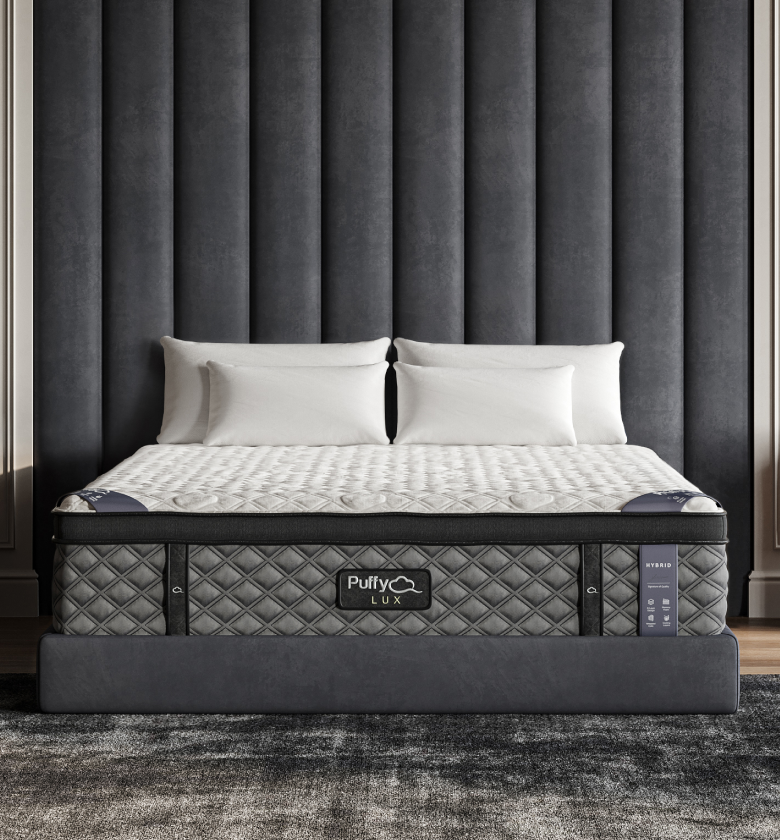Key Takeaways
- Learn whether lice lay eggs on pillows or if they prefer staying on the scalp.
- Understand how long lice eggs can live on pillows and fabrics.
- Find out cleaning and prevention strategies to protect your home.
- Know the best practices for deep-cleaning bedding after exposure.
- See how easy-to-clean sleep surfaces can help limit reinfestation risk.
Finding out there’s a lice problem at home leads to immediate panic about everything from hairbrushes to bedding. One of the biggest concerns is do lice lay eggs on pillows?
Understanding lice behavior is key to knowing where to focus your cleaning efforts—and avoiding wasted energy scrubbing areas that aren’t the real problem. Let’s dive into the facts.
Can Lice Lay Eggs on Pillows
Technically, lice prefer to lay their eggs (nits) on hair shafts—not pillows.
Why Lice Prefer the Scalp:
-
Eggs need the warmth and humidity from the human scalp to survive.
-
Hair shafts provide a secure place to attach eggs with a glue-like substance.
-
Pillows don’t provide the right conditions for nits to develop properly.
| Location | Likelihood of Lice Eggs Being Laid | Notes |
|---|---|---|
| Human Scalp | Very High | Primary location for nits |
| Pillows & Bedding | Very Low | Possible for live lice to fall, but rare for eggs to be laid |
When our youngest had a lice scare, we went into full clean-up mode—washing everything from pillowcases to sofa cushions. Having our Puffy Lux Mattress, which has a washable cover, made things a lot simpler and gave me so much peace of mind.
How Long Can Lice Eggs Live on Pillows
While lice rarely lay eggs on pillows, fallen hairs with attached nits can still end up there.
Survival Time:
-
Nits need the warmth of a scalp to incubate and hatch.
-
Off the scalp, nits generally die within 7 days due to lack of proper conditions.
-
Live lice separated from a host survive only 24–48 hours.
Important Tip:
- Even if nits die naturally, thorough cleaning prevents accidental re-infestation if live lice are present.
How to Clean Pillows After Lice Exposure
Prompt action prevents re-infestation and keeps your home lice-free.
Step-by-Step Guide:
-
Remove pillowcases and wash them in hot water (at least 130°F) with a heavy-duty detergent to ensure all lice and nits are eliminated.
-
Wash washable pillows according to manufacturer instructions, using the hottest water setting that the fabric safely allows.
-
Dry pillows on high heat for at least 30 minutes, ideally 45–60 minutes for denser pillows, ensuring the internal core reaches lice-killing temperatures.
-
Use a vacuum with a HEPA filter on non-washable pillows, focusing on seams, creases, and tufted areas where lice or nits might cling.
-
Seal delicate pillows in airtight bags for two weeks, depriving any remaining lice or nits of a human host and guaranteeing their death through isolation.
Pairing this good habit with a Puffy Royal Mattress equipped with washable, hypoallergenic cover makes it even easier to maintain a healthy, pest-free sleep environment.
Preventing Lice From Spreading Through Pillows
-
Don’t share pillows during an active lice infestation, even for brief moments, as direct contact is a major transmission route.
-
Wash all bedding regularly when someone is infected, including sheets, pillowcases, blankets, and any soft furnishings that may have come into contact with the affected individual.
-
Vacuum mattresses, carpets, and couches thoroughly using a vacuum with a HEPA filter to capture even the tiniest lice and eggs hidden in seams and crevices.
-
Use pillow protectors that can be easily removed and sanitized in hot water weekly, providing an extra hygienic barrier against potential infestations.
-
Air out rooms daily to reduce moisture buildup and create a less hospitable environment for any lingering pests, promoting faster recovery and a fresher living space.
Myths About Lice and Pillows
There’s a lot of misinformation about lice transmission, which can sometimes lead to unnecessary panic or ineffective cleaning efforts.
-
Myth: Lice live for weeks on pillows.
- Fact: Lice die within 24–48 hours without a human host because they rely on blood meals and warmth to survive.
-
Myth: Eggs are commonly laid on bedding.
- Fact: Eggs are almost always laid directly on hair shafts, where they receive the heat and moisture necessary for development.
-
Myth: Spraying pillows with pesticide sprays is necessary.
- Fact: Hot washing and drying are safer and more effective methods for eliminating lice and nits without exposing your home to harsh chemicals.
-
Myth: Simply vacuuming pillows is enough to remove lice.
- Fact: While vacuuming helps, it should be combined with heat treatments to ensure all lice and eggs are fully eradicated.
Final Thoughts
So, do lice lay eggs on pillows? Thankfully, the answer is no—lice stick to the scalp for egg-laying.
However, live lice or hairs with nits can still land on pillows and other bedding.
Proper cleaning, using high heat, and isolating non-washable items are the smartest ways to prevent reinfestation.

- 8 layers of cloudlike luxury.
- Medium-plush feel.
- Gel-infused cooling.
- 101-night sleep trial.












